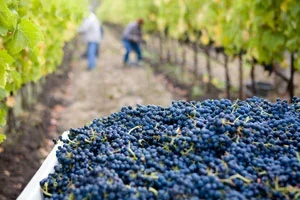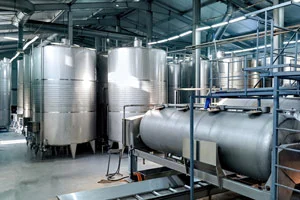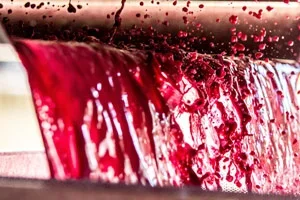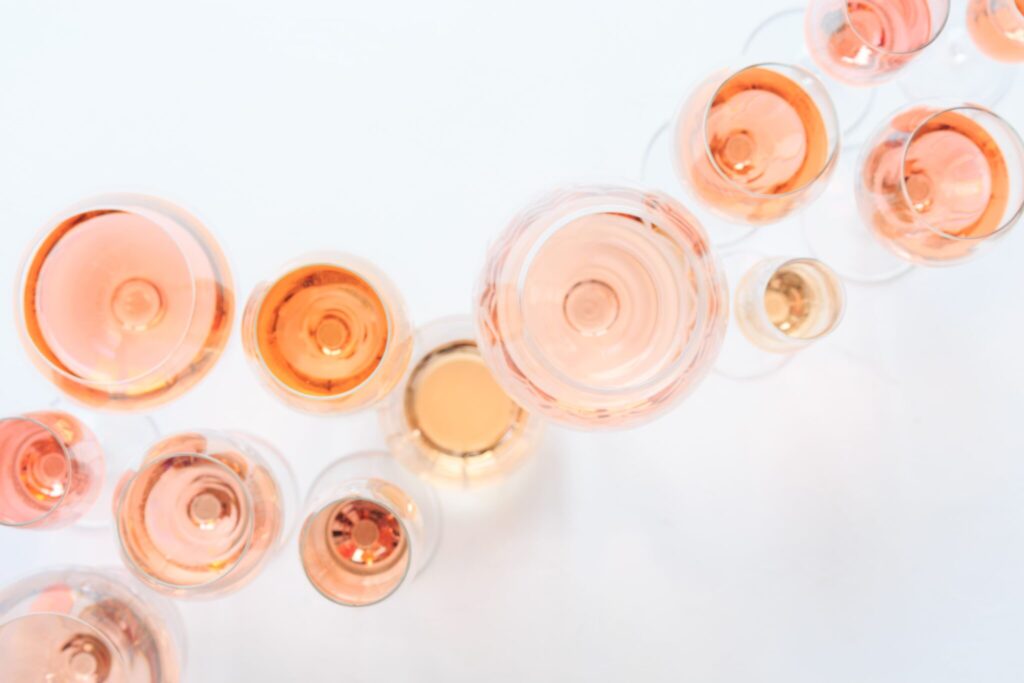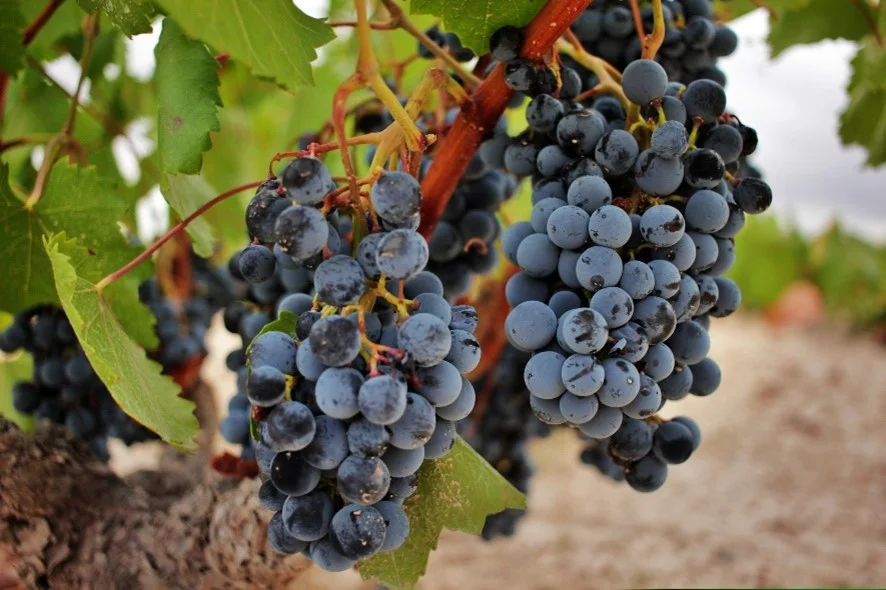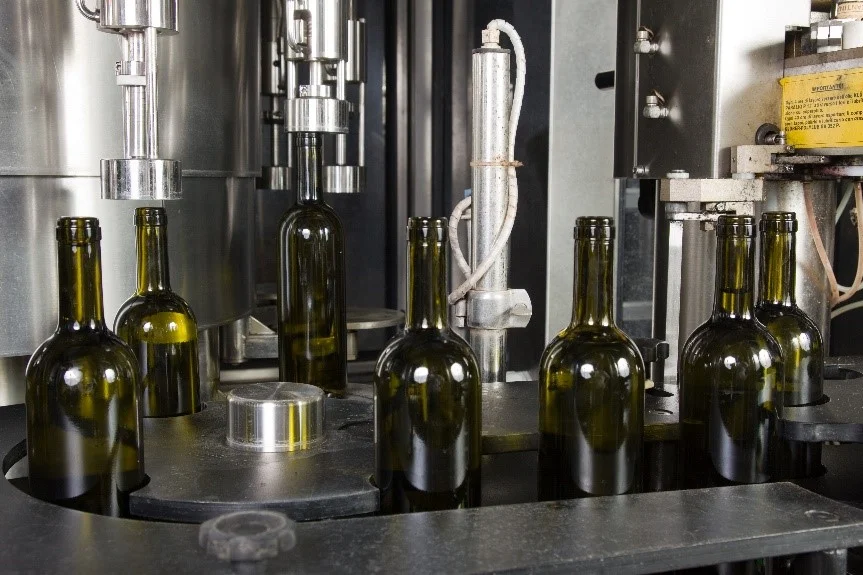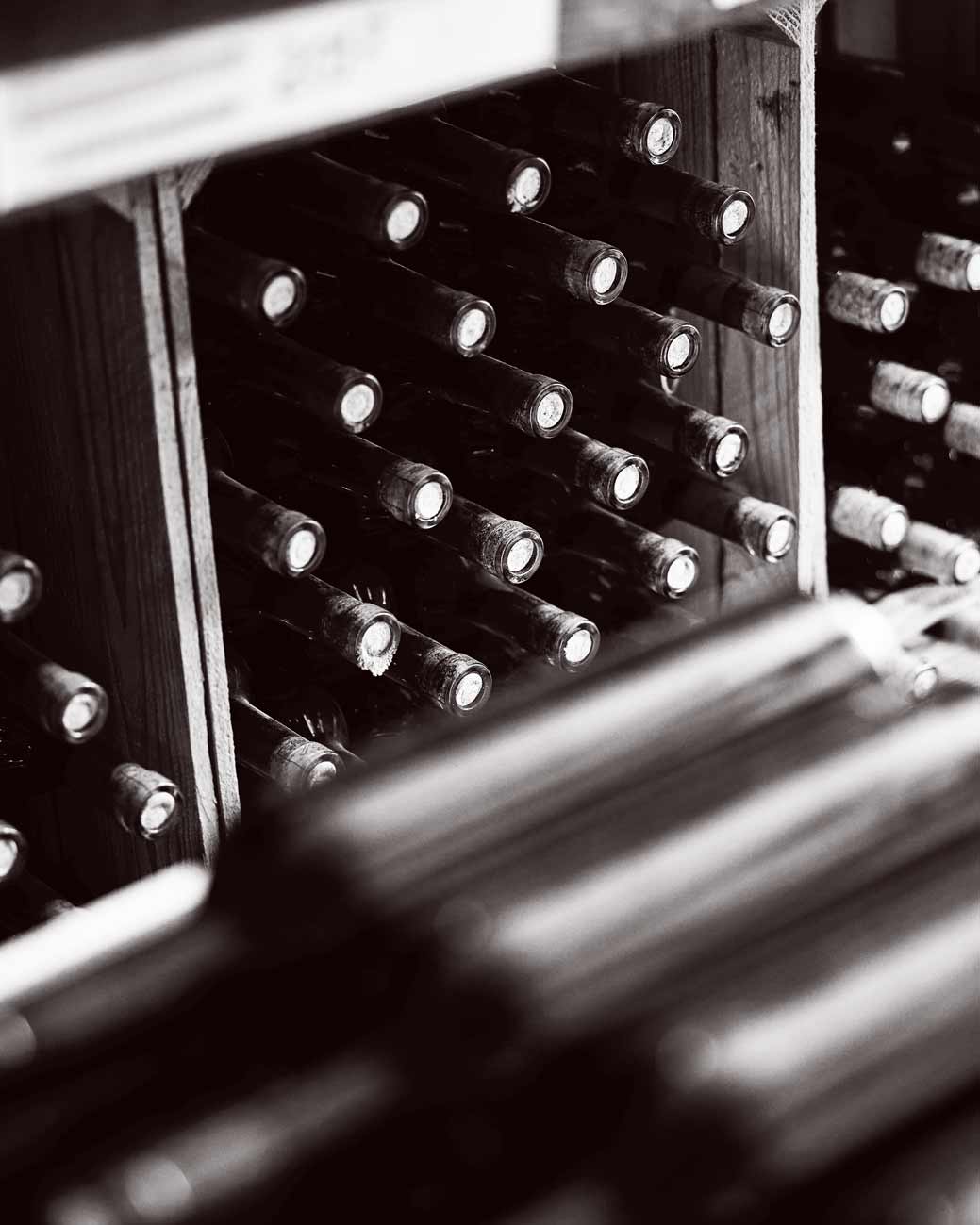A trend that began several years ago, coming from the word of luxury and rosé champagnes in Europe, continues to hold strong today, and there is no winery in the world that doesn’t have a pale rosé to complete in an increasingly sophisticated market. Pink wines with pale pink tones, salmon, or as many call them, onion-colored, continue to be trendy despite the years and wine professionals, aware of this trend, have been seeking new ways to get the subtlest color to please the consumer anywhere around the world.
Nowadays, the pale roséis synonymous with distinction and elegance, although it is not only the color that is the most striking, but also its organoleptic qualities derived from fruit with hints of strawberry and/or red fruits. Wines that arouse the consumer’s interest for their freshness and great aromatic potential and that have been conceived specifically for those who like to boast of drinking something more than a simple glass of wine.
Rosé wines in Spain are a reality
Quality pale rosé wine has found its niche in the Spanish market in recent years. Although when the concept of this type of wine, with less intense and bright colors, took off in the wine market in the past, the trend quickly faded. In recent years, however, it has managed to consolidate itself as a value proposition within the wine market.
Today, Spain is the world’s second largest producer of rosé wine with more than 5.5 million hectolitres, just behind France. This figure is equivalent to one fifth of all rosés produced in the world. Most of these bottles are sold for export, since Spain is one of the world’s main exporters of rosé wine. It moves no less than 40% of the total, which means just over 4 million hectolitres. To better understand what this figure means, it should be noted that the market has grown by 40% since 2002.
France and Italy complete the podium of exporters of rosé wine worldwide. Despite this, there are significant differences in sales prices in the bottles offered by the three countries. French rosés are traded at an average of 3.50 euros per bottle, while the cost for Italian bottles stands at 2.30 euros. On the other hand, the average price of Spanish wine is 0.75 euros per bottle, because it is mainly sold in bulk for packaging at destination.
Even so, the most striking data on this type of wine in Spain’s focus on consumption. Although France continues to be the world leader in rosés, both in production and sales, the figures in our country are showing exponential growth. The most recent statistics indicate that sales have increased by 41% in volume and 74% in value, which places us in sixth place in the ranking of consumers of rosé wines in 2019. According to data from the year to March 2019, Spanish households consumed a total of 16 million litres of rosé wine, including wines with and without the Protected Designation of Origin. This figure does not include sparkling wines, varietal denominations, wines with PGI, nor those consumed in restaurants.
Finally, it should be noted that about one million people work directly or indirectly in its production, processing and distribution, including those working at Agrovin, who play an important part of the process of making pale rosés a reality.
Rosé wines, an opportunity for Spanish wineries
Spanish wineries are taking advantage of the opportunity provided by the growth in the consumption of rosé wines around the world, especially in countries such as the United States, Canada or the United Kingdom. In their quest to position themselves worldwide as a benchmark for rosés, they are working to find customers’ leading demands to be able to adapt properly.
In addition, this sector has three important objectives to achieve in order to continue boosting the consumption of rosé wines:
- Achieve a balance between production and sales that makes it possible to achieve a product of value.
- Increase consumption in Spain, opening up to new consumers thanks to enhancedinnovation and communication.
- Make an even greater effort in imports to support the presence of high-end wines in the markets. This also helps boost the general image of the Spanish wine sector.
The importance of being able to adapt to trends
One of the reasons for the success of the Spanish rosés is that the wineries of our country have adapted to current trends in wine consumption while always maintaining their excellent quality. All this, without ever neglecting the magnificent traditional rosés, such as those of Grenache bleeding varieties.
Thanks to this hard work, today we can find pale rosés, with a beautiful rich color, which are also very pleasant to drink due to their texture and body. Ultimately, it is a question of giving wineries the courage to ensure that these wines are well accepted.
The role of Spanish Designations of Origin
Those responsible for the Spanish PDOs are making a great effort to promote rosé wines, especially among the younger market. And they are not the only entity working towards this goal. Trademarks, regulatory boards and other protected designations of origin are also seeking to expand markets with proposals that respond to the demands of their customers.
Likewise, we cannot forget that rosé wine is, in some areas, practically a symbol of the wine region. This is the case of the Cigales and Navarra DOs, where more than 2,400 winegrowers are registered, and more than 41 million litres are sold. Therefore, the care and maintenance for the characteristics of this varietal must be even more extreme.
Keys to making a pale rosé wine, thanks to Agrovin
At Agrovin, we help winemakers throughout the process of making their varietal wines, achieving in each case the pale tones they hope to obtain while preserving the aromatic intensity and freshness.
To do so, we have products adapted to each phase of the process, from the moment of reception and transport, through dynamic clarification, then alcoholic fermentation to wine conservation.
Reception and Transportation
The transport of the grapes to the winery and their reception is a starting point for the protection of the future wine. The application of combinations such as Redoxtanin B will help control the oxidation processes by providing SO2 in the recommended doses (50-70 mg/l). Moreover, the microbiological control of the indigenous population present in the grape will avoid the consumption of resources, problems with the implantation of the selected yeasts or the appearance of deviations. In this case, we recommend the use of Microstab pH, an easily-applicable tool with great effectiveness on lactic bacteria and non-Saccharomyces yeasts. It’s liquid format lets wineries easily apply, with great comfort, chitosan to the must, prior to its removal, as well as to manage the pH, seeking values of 3.2-3.4 for its acidifying capacity.
Dynamic Clarification
During the clarification, proper management of the must makes it necessary to adjust the turbidity to the appropriate values according to the desired profile (40-60 NTU amyl profile; 80-100 NTU thiol profile). On the other hand, the use of specific flocculation agents will reduce the content of precursors and oxidation catalysts already in the wine, reducing the risk of accelerated evolution.
The application of Enozym LUX (1ml/hl, depending on the action time and temperature) will allow a rapid desectinization of the musts, even at low temperatures, thanks to its high concentration in pectinase activity. With the application of Proveget FLOT (100-150 ml/hl), dynamic clarification will result in a decrease in hydroxycinnamic acids, potentially oxidizable compounds, in addition to the reduction of the metals present (oxidation catalysts). The proper management of these compounds, together with a low pH, will facilitate the control of the color of pale rosé wines, one of the complications that technicians face during storage.
Alcoholic fermentation
When it’s time for fermentation, it’s time to make NFA corrections, sow LSA and make FA temperature adjustments (16-18ºC). For this phase, Agrovin recommends: ACTIMAX VARIETAL 30 g/hl (NFA 31 mg/l – NOPA 25 mg/l) and ACTIMAX XL 30 g/hl (NFA 45 mg/l- NOPA 0.65 mg/l).
The application of Actimax Varietal promotes an increase in aromatic expression with the active release of amino acids, and increased protection against oxidation. Moreover, Actimax XL’s support for yeasts is recommended for improving the FOH endpoints.
Likewise, there is a need to make use of the Agrovin Viniferm yeast, suitable for each wine profile, with the products Vinfierm Emoción and Viniferm Revelación being most suited to the fermentation conditions of rosé wines.
